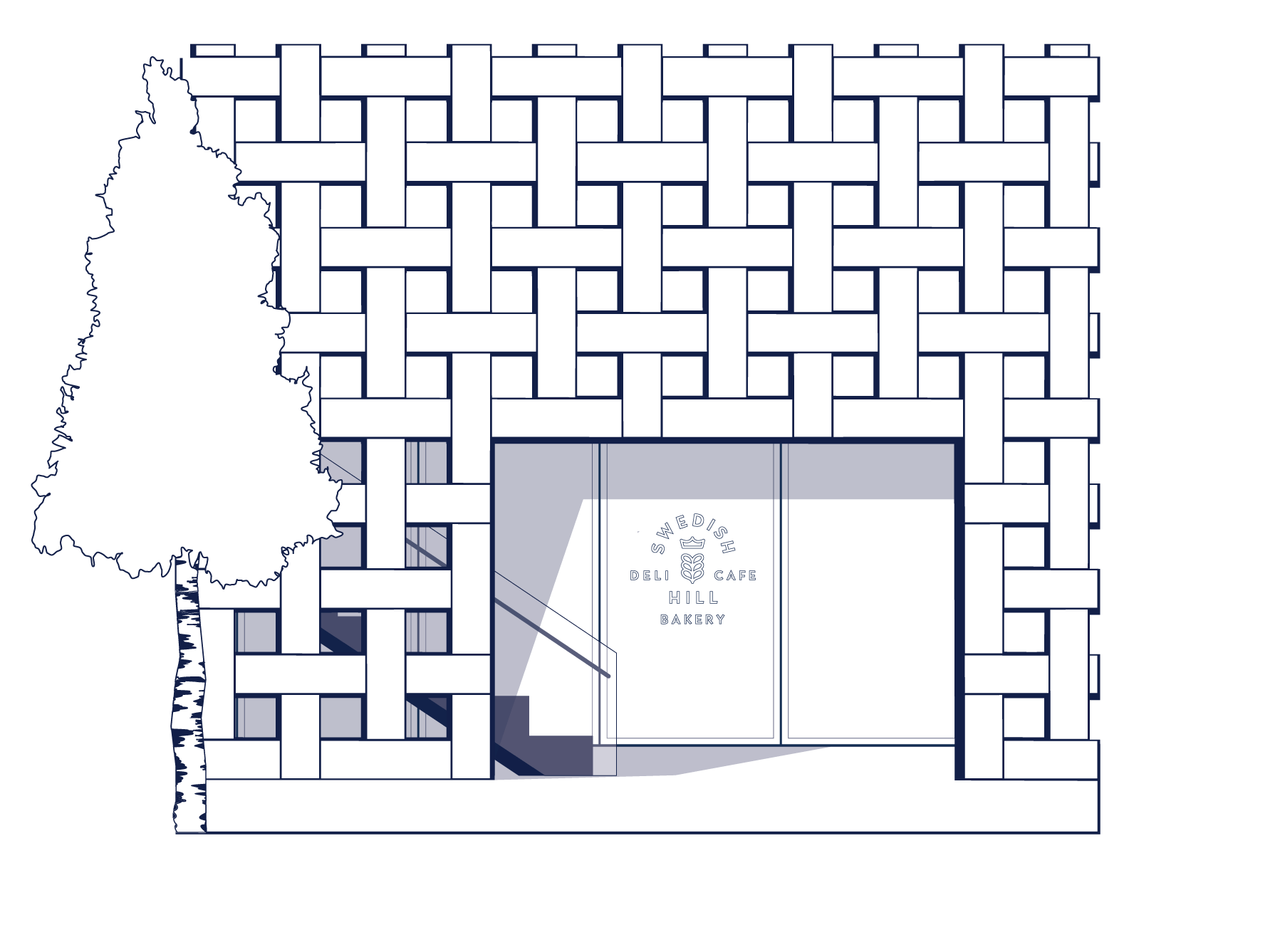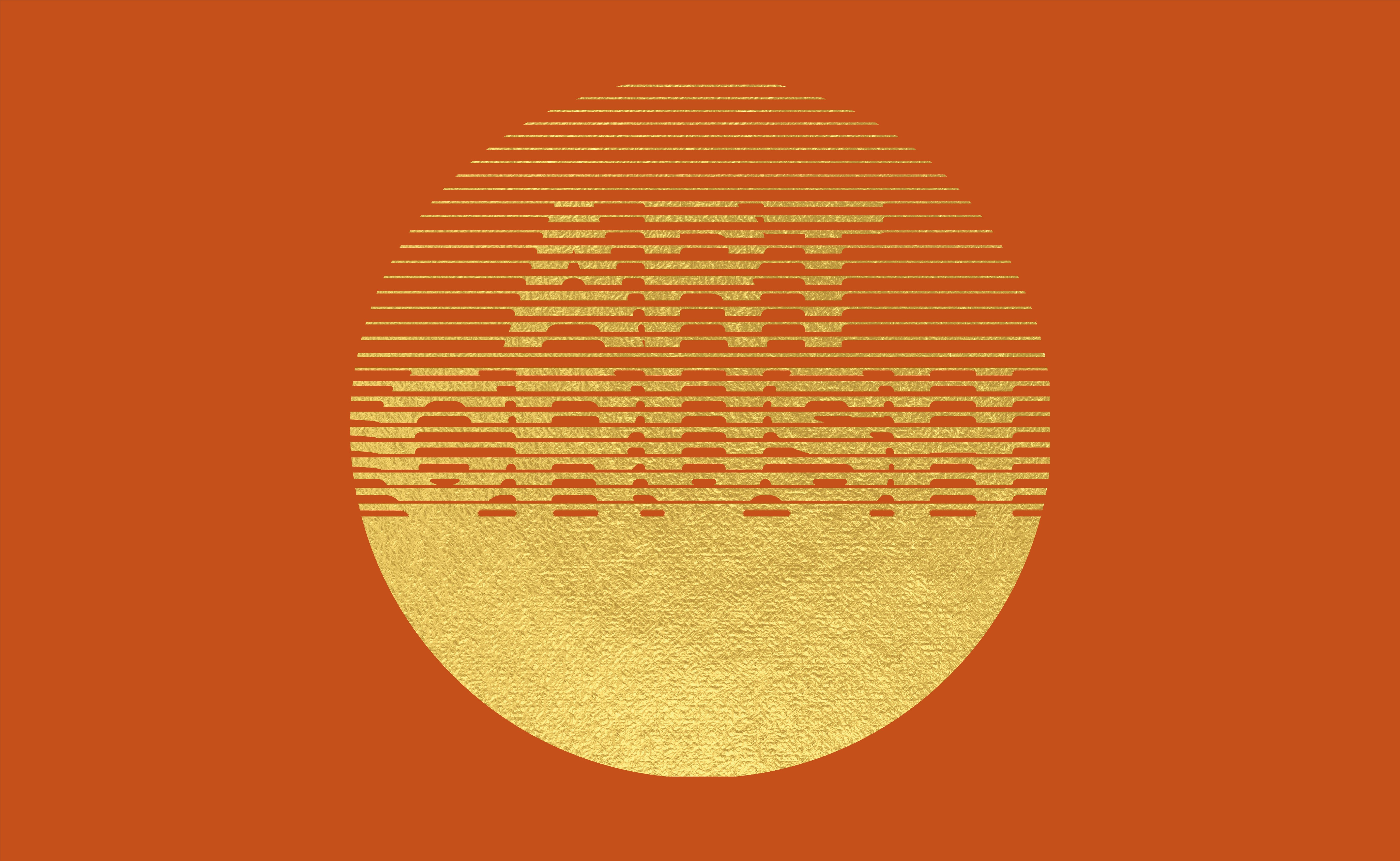Aspen Art Museum
- Join us on May 15 for engaging presentations by our esteemed 2024 Artist Fellowship recipients!
- Categories
- All events
- Talks and Lectures
- Member Events

- For more information on how you can join the AAM, please visit the Street Level Visitor Information Desk, inquire in the Shop, or call 970.925.8050.

- Swedish Hill Café is now open with extended hours from 8 AM–5 PM

- Aspen Art Museum is an artist-founded institution dedicated to supporting artists in the development of bold ideas to shape our museum and the field of art today.
ArtCrush
2024
About this Work
A majestic salmon-pink palm tree, stands proud at the center of Charles Gaines’ Numbers and Trees: Palm Canyon Series 7, Set 8 (quartet), Tree #1, Tongva (2022). From a distance the image appears strangely pixelated; up close it becomes clear that the watercolor and ink has been applied to a large sheet of gridded paper; peer closer still and you can clearly see numbers filling all the squares. The “Tongva” of the title refers to the indigenous peoples of the territory where the photograph which served as the starting point for the work was taken.
Gaines has been working with images of trees since the 1970s, depicting his first palm tree in 1980. The use of grids, has likewise been a mainstay of his practice. Indeed in 2015 the Hammer Museum in his hometown of Los Angeles staged an exhibition dedicated to one of his two main bodies of work: Gridwork, 1974–1989. A conceptual artist, Gaines has continuously challenged the role of imagination and subjectivity in art-making and has instead used simple mathematical schemes and systems to determine the creation of such figurative images—the numbers in the grids are the calculations and formulas that have generated the work. Speaking of his labor-intensive approach to the Los Angeles Times in 2015, the artist explains that his pleasure does not come in the making, but rather: “The enjoyment comes in discovering something I couldn’t imagine.”
About the Artist
Charles Gaines (b. 1944 in Charleston, South Carolina) began his career as a painter, earning his MFA from the School of Art and Design at the Rochester Institute of Technology in 1967. In the 1970s, Gaines’ art shifted dramatically in response to what he would later call ‘the awakening.’ Gaines’ epiphany materialized in a series called Regression (1973 – 1974), in which he explored the use of mathematical and numeric systems to create soft, numbered marks in ink on a grid, with each drawing built upon the calculations of the last. This methodical approach would carry the artist into the subsequent decades of his artistic journey. Working both within the system and against it, Gaines points to the tensions between the empirical objective and the viewers’ subjective response. The concept of identity politics has played a central role within Gaines’ oeuvre, and the radical approach he employs addresses issues of race in ways that transcend the limits of representation. His recent work continues to use this system with sociopolitical motivations at the forefront. ‘Faces 1: Identity Politics’ (2018) is a triptych of colorful portraits of historical icons and thinkers, from Aristotle to Maria W. Stewart and bell hooks. Gaines reduces the images to pixelated outlines, layered among the faces of the preceding portraits to create a palimpsest of faces, employing this system in a critique of representation and the attachment of meaning to images. Gaines lives and works in Los Angeles. He recently retired from the CalArts School of Art, where he was on faculty for over 30 years and established a fellowship to provide critical scholarshipalma support for Black students in the M.F.A. program.
How to Bid:
Bidding on this work takes place at the ArtCrush gala on Friday, August 4th, at 8pm MT. Absentee and telephone bidding available - please contact bid@aspenartmuseum.org for more information, including a condition report.
There is no Buyer’s Premium and the difference between the mid-estimate and the winning bid is a tax deductible donation to the museum.
ArtCrush
2024
free courtesy
Amy & John Phelan
- Aspen Art Museum
- 637 East Hyman Avenue
- Aspen, Colorado 81611
- t: 970.925.8050
- f: 970.925.8054
- info@aspenartmuseum.org
| Hours |
|
Tuesday–Sunday, 10 AM–6 PM
Closed Mondays
|
© 2024 Aspen Art Museum
General operating support is provided by Colorado Creative Industries. CCI and its activities are made possible through an annual appropriation from the Colorado General Assembly and federal funds from the National Endowment for the Arts.



General operating support is provided by Colorado Creative Industries. CCI and its activities are made possible through an annual appropriation from the Colorado General Assembly and federal funds from the National Endowment for the Arts.
















